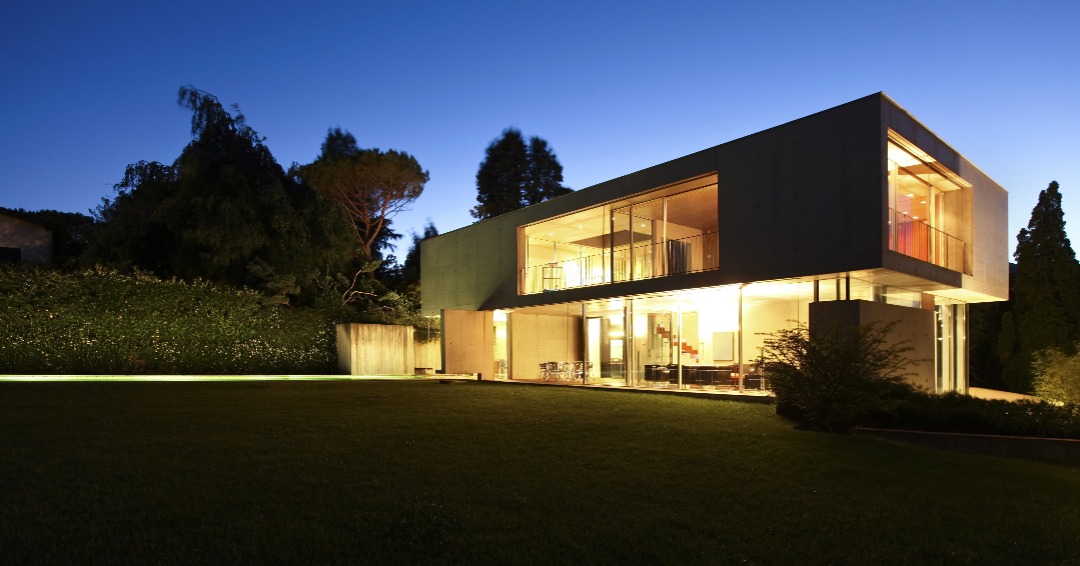Exclusive: Clear surveillance in any conditions


James Thorpe
Share this content
Dahua Technology provides helpful advice for organisations looking to ensure they have clear surveillance in low-light environments.
Surveillance monitoring for small and medium-sized sites could be a tough challenge at night. Options are often limited to day/night cameras and low-light cameras (sometimes referred to as Starlight cameras). These devices continue to provide colour images when lighting levels reduce up to a point, but switch to black and white when they deteriorate further. But to maintain colour images in low light conditions with these cameras, other aspects of the image – such as noise and definition – are often compromised. Cameras trying to maintain colour images at night often struggle when there is movement in the scene, or when there’s a wide dynamic range (the difference between the lightest and darkest parts of a scene).
So how can we ensure clear colour images at night? Here are three tips to do that:
Use a dual-lens camera
Various types of low-light cameras are gradually becoming in demand. According to an IHS Markit report in 2019, the number of video cameras equipped with advanced low-light functionality was set to rise significantly, from 4.75 million in 2015 to 51 million by 2022.
A dual-lens camera, as its name indicates, offers two lenses: one to capture lightness information, the other to capture colour information. The upgraded Dahua Full-color 2.0 network camera series is equipped with such specification. With pixel-level frame-by-frame mapping, the dual-lens cameras of this series present high image definition and vivid colours even when the supplementary white light is off, thus reducing light pollution and attraction of insects that can adversely affect the monitoring of the scene. What’s more, these cameras also feature AA (Active Alignment) process, which perfectly aligns the incoming light with the sensor. Full-color cameras are available in dome, bullet, box and eyeball formats.
Aside from dual-lens cameras, the Dahua Full-color 2.0 series also offers cameras with other intelligent features such as vari-focal lens and 4K resolution.
Use IR and white light together
IR light and white lights are common camera supplementary lights. Depending on how you use them, it can relatively affect the quality of images in low-light environments or during night-time. Nevertheless, excessive use of white light contributes to light pollution, especially in urban areas.
Dahua’s TiOC (three-in-one camera) 2.0 is equipped with Smart Dual Illuminators, which allow users to flexibly switch between IR mode and White Light mode (also referred to as Full-colour mode) based on their monitoring requirements. Default illumination is provided by the built-in IR illuminator. When a person enters the monitoring area, the white light is triggered and Full-color mode is activated. When a target leaves the area, the LED turns off and the IR illuminator turns back on, significantly reducing light pollution in the area.
Moreover, powered by OPC (Optical Path Compensation) technology, the TiOC 2.0 cameras can correct the angle of refraction of different light rays, allowing Dahua IPCs to output brighter and clearer black & white images with F1.0 large aperture lens. It also has the addition of VoiceCatcher technology which is a dual mic array that enhances sound quality and pickup performance. Cameras in the TiOC 2.0 series come in 8MP, 5MP or 4MP versions.
The Dahua VoiceCatcher technology adopts a high-sensitivity dual mic array– a newly designed audio acquisition circuit that can intercept external circuit interference. With Dahua’s self-developed noise reduction algorithm and high-performance SOC, this feature significantly increases the camera’s audio pick-up distance by 7m compared with the previous generation of TiOC.
Use automatic tracking
Automatic tracking is an innovative feature that transforms manually controlled PTZ cameras into automated tracking systems that keep a moving target in focus and centred in the frame. It automatically follows/tracks the target within its field of view.
The TiOC 2.0 series is equipped with Auto Tracking 3.0. It is based on a deep-learning algorithm using the camera’s pan, tilt and zoom functions to automatically track pre-defined moving targets even in environments with low illumination or during night-time. It provides a smooth tracking process through deep fusion of intelligent and focusing algorithms and can track targets up to a distance of 870 metres. With the Auto Tracking 2.0 algorithm as its foundation, the requirements for the tracking size of the target are further reduced, making the target size smaller and the tracking distance longer.
Equipped with a deep learning algorithm, the upgraded TiOC 2.0 offers Auto Tracking 3.0, a unique technology for PTZ cameras. It utilises the characteristics of the PTZ camera to rotate (horizontally and vertically) and zoom in/out to track targets. Once a target triggers the IVS rule, the camera zooms in and tracks the defined target in motion within the scene.
Conclusion
Difficulties in night-time monitoring have been alleviated, thanks to continuous technological innovations that made colour monitoring in low-light conditions possible. Dahua Full-color cameras – whether standalone or as part of the TiOC series – can deliver enhanced images and surveillance whatever the time of day or night. By utilising low-light cameras with dual lens, smart dual illuminators and automatic tracking, users do not have to put up with poor, unusable images at night, making these devices ideal for small and medium-sized application scenarios such as villas, parking lots and retail shops.
For more information, visit: dahuasecurity.com
This article was originally published in the October 2021 edition of International Security Journal. Pick up your FREE digital edition here



